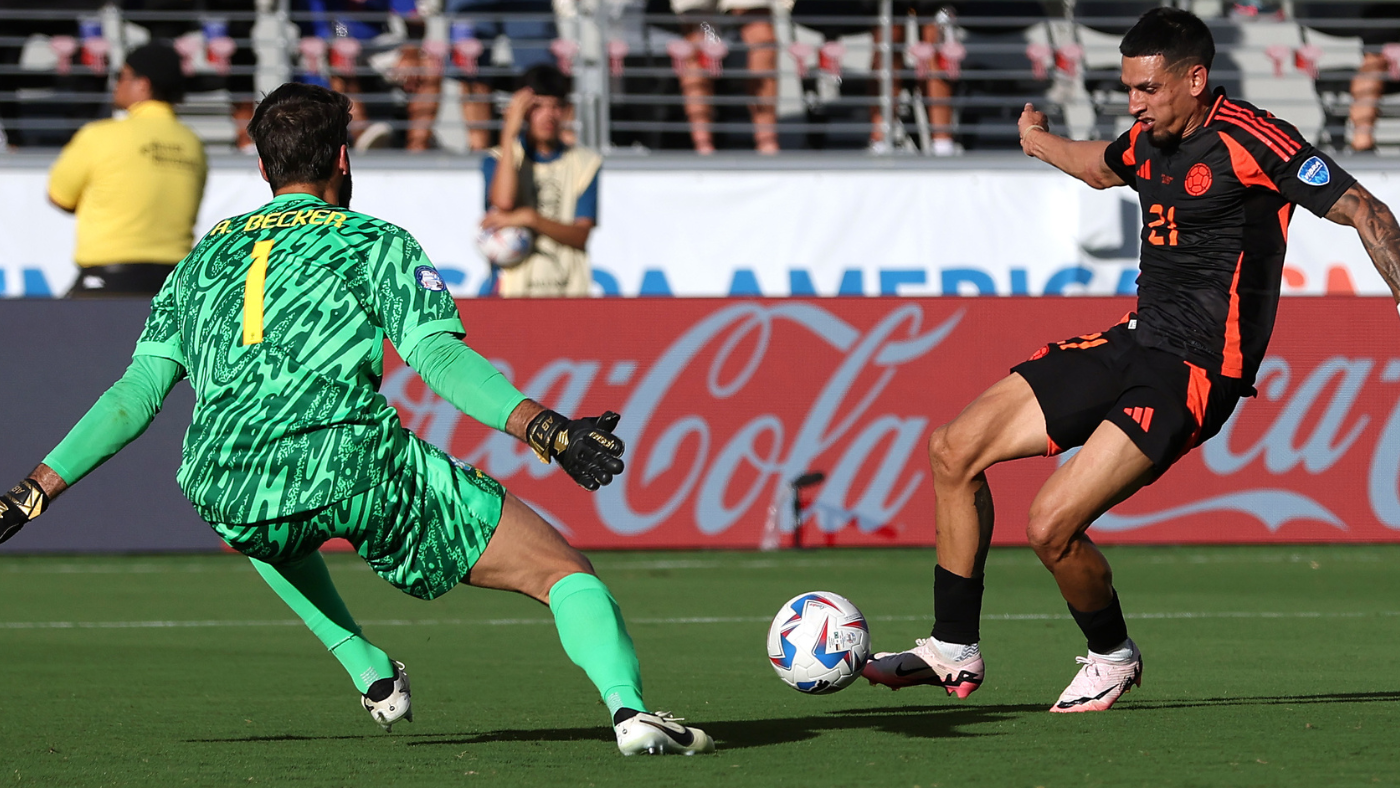These ants can perform leg amputations and know when it’s needed, study says
Written by ABC Audio All Rights Reserved on July 3, 2024

(LONDON) — An ant species can amputate each other’s legs and can also determine whether it is needed depending on the location of the wound, a new study finds.
Ants are territorial and can get into rough encounters with rival colonies which can lead to injuries, according to scientists. But Florida carpenter ants–also known as Camponotus floridanus–have adopted an effective wound treatment: amputation, according to the study published in Current Biology.
The process of amputation takes about 40 minutes and requires one ant to chew on its nestmate’s affected leg, according to Laurent Keller, one of the researchers in the study.
“They go to the upper parts [of the ant’s leg and] the mandibula will cut it,” Keller told ABC News. “The other ant will clean the new wound.”
After a researcher reported his observation of amputation to other researchers in a lab in Switzerland, they noticed that the carpenter ants selectively conducted amputations.
If an injury was near the femur rather than the tibia, ants would amputate. Researchers were interested in the decision process behind amputation and performed micro-CT scans on the amputated ants, according to the study.
The researchers hypothesized that the closer the injured muscle was to the body the more likely the surgery would occur.
“We had a hypothesis that maybe the injury level of a tibia had an infection that evolved too quickly for ants to cut the leg to prevent infection,” stated Keller.
According to the study, the ant’s femur is primarily responsible for leg hemolymph circulation, similar to a human’s blood flow, and therefore cutting it off slows the rate of an infection spreading and allows for sufficient time to perform an amputation.
Ants that had a tibia injury weren’t left for dead. Instead, they received wound care, the researchers said. Keller noted that there hasn’t been any research on how an ant cleans a wound.
“We have not studied how they do it really, but we figure that mandibula must be really clean when they do,” stated Keller.
The study in Current Biology builds on previous research that shows how termite-hunting ants have metapleural glands that allow them to produce an antimicrobial compound to treat affected wounds. However, carpenter ants, amongst other communities, have lost this ability due to evolution.
Keller said future research will involve looking at other ant communities that have lost metapleural glands and finding common ancestors to evaluate when and how the behavior evolved.
While humans have conducted medical amputations for over 30,000 years, this study reports the first observation of how a non-human species is capable of performing purposeful surgery.
“We have a cultural transmission of what has been learned and for ants, it is a behavior that evolved by an innate basis,” stated Keller.
Copyright © 2024, ABC Audio. All rights reserved.






